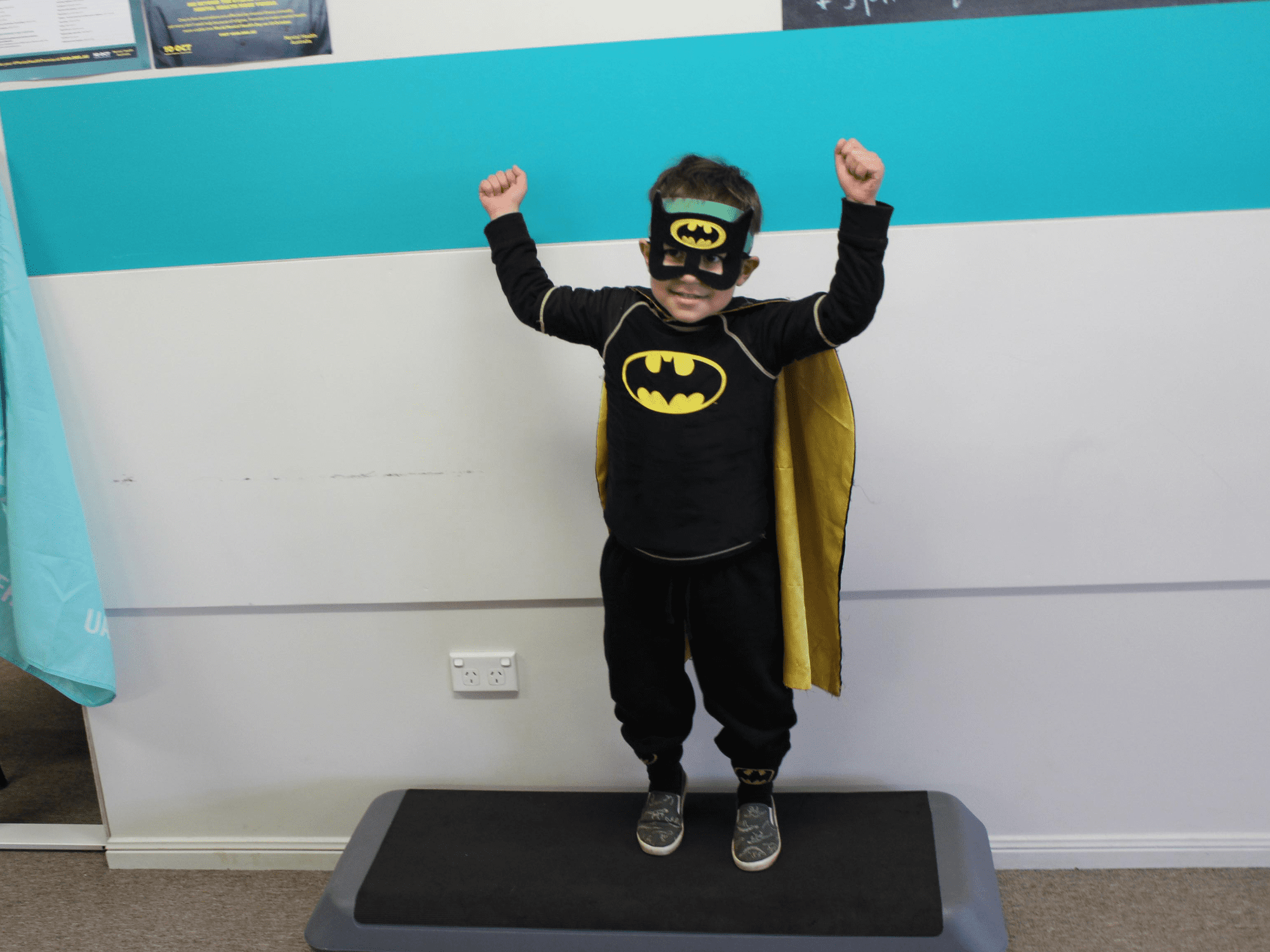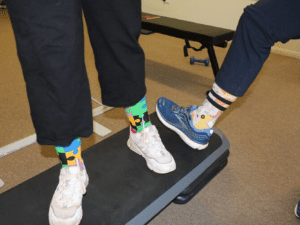We all know that at various times throughout our life, we will experience periods of depression, anxiety or stress. This is all part of being a normal human being that goes through everyday things. But when this becomes something that affects our day to day living and the ability to do things that we love. It affects our emotions and our emotional response or at last for much longer than two weeks to three months and this is when it’s important that we seek help or we talk to someone about how we are feeling.
This blog, however, isn’t for adults in the room, this is for the kids with autism spectrum disorder who maybe don’t always know their emotional regulation, how they’re feeling or know how to verbalize what it is that they’re feeling. We’ve written a book called Regulating through Exercise and we briefly touch on there the importance of health behaviours and the reason we touch on this is because a number of kids with ASD are diagnosed or have an increased risk of obtaining type II diabetes, adulthood obesity, anxiety and depression and other co-morbidities.
We are not going to go into the details of the cascading effects of anxiety and depression and how this can affect the rest of a child’s life. We’re going to go into the ways in which we could set your child up for life and make improvements so that hopefully if they do experience times of depression, anxiety, or if they do have obesity or other co-morbidities that we can find ways in which we can improve the second stances through healthy behaviours.
We all know that a lot of children with ASD have difficulty with sleep, not all, but a number of them do and so if we coupled this with higher sensory processing anxiety and few other bits and pieces, then this can definitely increase it. We have a few statistics that show children with ASD suffer from sleep problems and in particular insomnia at a much higher rate, which is about 40 to 80% higher than typically developing children. If we couple improper sleep and depression or anxiety with a child that has ASD, we can see how will be difficult for them to maintain a regular routine, go to school and enjoy things that other children would typically enjoy. Maybe add in that they’re nonverbal, being bullied at school, they’ve obtained an injury, they can’t quite understand what the teacher is saying due to other sensory factors at school and this can all have quite detrimental effects on an individual through their life cycle.
Our 7 Tips to Get your ASD kid Moving More: as to how we can help to improve their sleep, improve their regulation, hopefully, improve and reduce the risk factors of co-morbidities such as diabetes, depression and heart disease and this is through exercise. We always recommend:
- We want to find an exercise schedule that is predictable and familiar.
- We want to conduct sessions in the same physical space.
- Exercise must be done in thermo-neutral environments because children have immature thermoregulatory systems.
- We want to use visual cues to indicate the child’s spot and distinguish you used.
- Consider the needs of the child when setting up the environment. For example, avoiding distractions, bright lights and loud sounds for children with hypersensitivity.
- Use visual picture schedules to provide stretch to the sessions. This approach helps children with ASD to understand the progression in the session and trends and anticipate transitions.
- Allow times for the child to adapt to any new activity.
We hope that this provides your a little bit of structure for your environment in which your child with ASD is learning how to engage in health behaviours in a safe and effective format to help empower them for the rest of their life.




